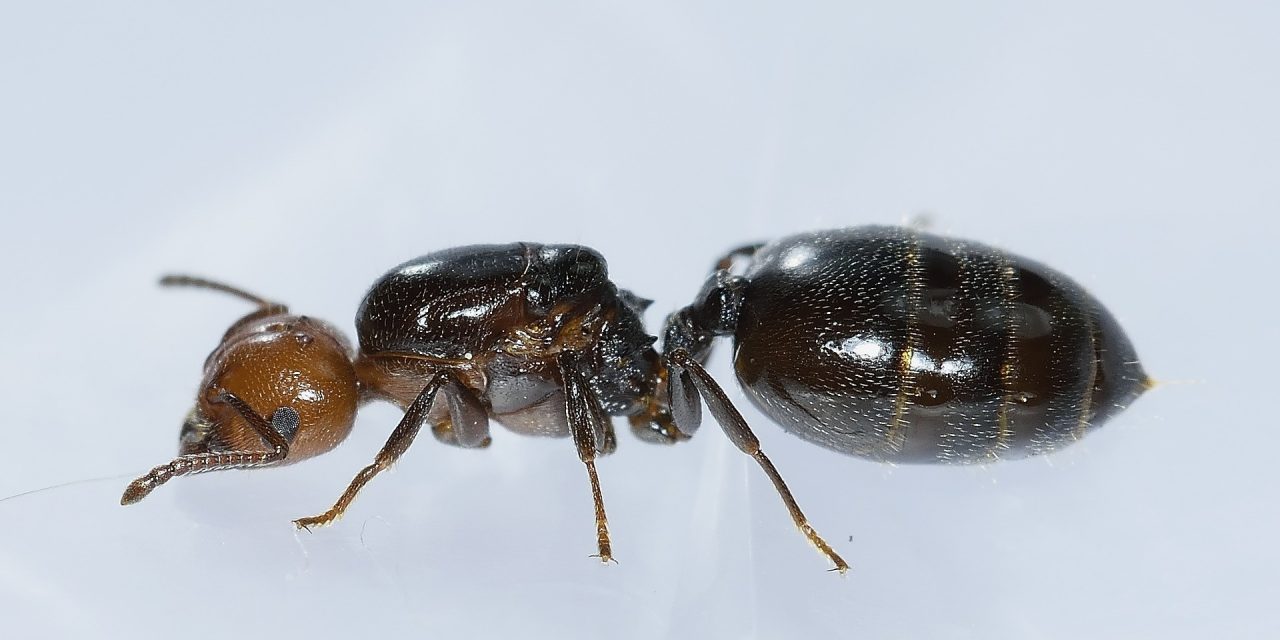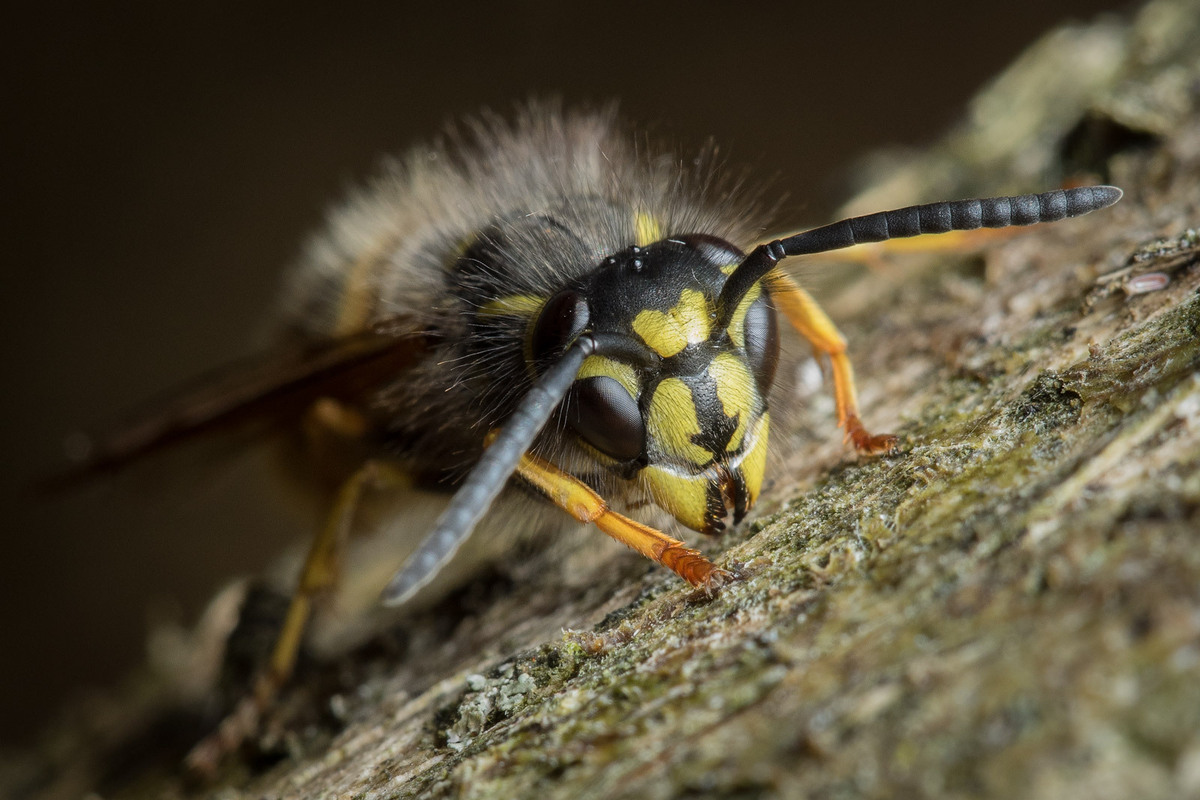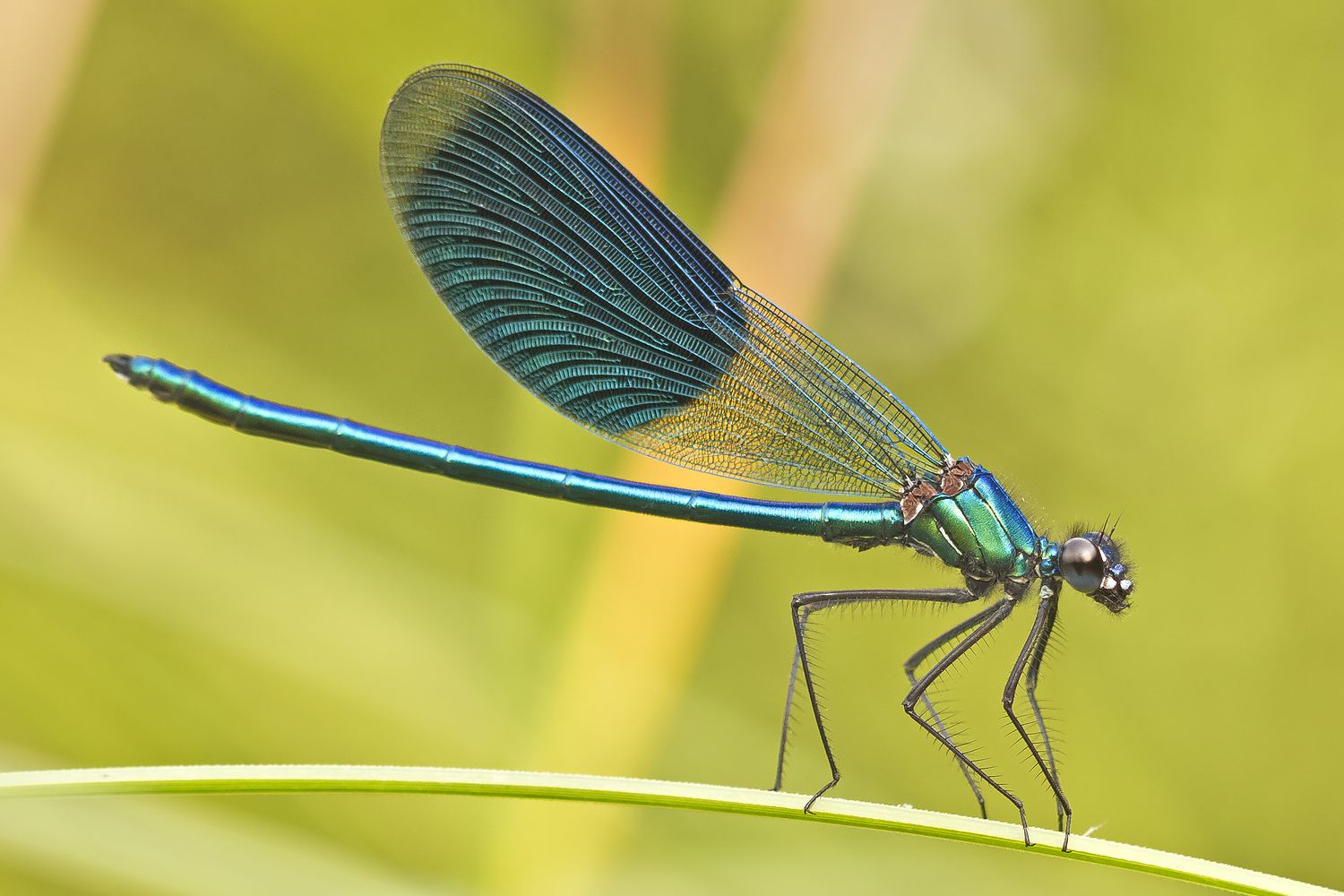Home>Gardening News and Trends>Latest News>What Insects Have 6 Legs


Latest News
What Insects Have 6 Legs
Published: November 30, 2023
Discover the latest news on insects with six legs and their fascinating characteristics. Explore the diverse world of six-legged creatures in our comprehensive guide.
(Many of the links in this article redirect to a specific reviewed product. Your purchase of these products through affiliate links helps to generate commission for Chicagolandgardening.com, at no extra cost. Learn more)
Table of Contents
Introduction
Welcome to the fascinating world of insects! These small creatures make up the largest group of animals on Earth, with over a million known species. From buzzing bees to colorful butterflies, insects are diverse in their appearance, behavior, and habitats. One distinctive feature that sets insects apart from other creatures is their six legs. In this article, we will explore the significance of insects having six legs and uncover the reasons behind this unique characteristic.
Insects have inhabited the planet for over 400 million years, evolving into a highly successful group of creatures. Their success can be attributed to their ability to adapt to various environments, thanks to their exceptional anatomical and physiological adaptations. One such adaptation is their segmented body, which is divided into three major parts – the head, thorax, and abdomen.
The legs of insects are attached to the thorax, and each leg consists of several segments, including the coxa, trochanter, femur, tibia, and tarsus. These segments provide flexibility and range of motion, allowing insects to perform various activities such as walking, running, jumping, and grasping. With their six legs, insects have a significant advantage in mobility compared to creatures with fewer legs.
Stay with us as we embark on a journey to explore the characteristics of insects, understand the significance of their six legs, and uncover fascinating examples of insects that exhibit this unique trait.
Characteristics of Insects
Insects possess a set of characteristics that distinguish them from other animals. Understanding these traits is crucial to comprehending why insects have six legs. Let’s delve into some key characteristics of these fascinating creatures:
- Exoskeleton: Insects have a hard, external covering known as an exoskeleton, which provides protection and support for their bodies. This exoskeleton is made of a substance called chitin, which is lightweight yet durable. As insects grow, they shed their old exoskeleton through a process called molting.
- Flight: Many insects have the remarkable ability to fly. Their thorax is equipped with special structures called wings, which allow them to hover, glide, and maneuver through the air. Insects that can fly have an additional pair of wings, making a total of four wings.
- Metamorphosis: Most insects undergo a process of metamorphosis, transforming from one form to another as they develop. This process typically involves distinct stages, including egg, larva, pupa, and adult. Examples of insects that undergo complete metamorphosis include butterflies, beetles, and moths.
- Antennae: Insects have sensory organs called antennae, which serve multiple purposes. Antennae help insects detect chemical cues, vibrations, and even air movement. They also play a crucial role in communication, allowing insects to communicate with others of their kind.
- Compound Eyes: Instead of a single pair of eyes, insects have compound eyes, which consist of numerous tiny lenses called ommatidia. These compound eyes provide a wide field of view and allow insects to detect motion and perceive their surroundings more effectively.
- Mouthparts: Insects have diverse mouthparts adapted to their specific feeding habits. These mouthparts can range from biting and chewing to sucking and piercing. For example, butterflies and moths have a long tube-like structure called a proboscis, which they use to sip nectar from flowers.
These characteristics, along with others unique to each insect species, contribute to their incredible diversity and ability to thrive in various environments. Now let’s delve deeper into the significance of insects having six legs and how it benefits them in their everyday lives.
Number of Legs in Insects
When it comes to the number of legs, insects are known for having six legs. This characteristic is shared by the majority of insect species, making it a defining trait of the group. But why do insects specifically have six legs? Let’s explore the underlying reasons.
The six-legged body plan of insects is a result of their evolutionary history and adaptation to their ecological niche. Insects are part of a larger group called arthropods, which also includes spiders, crustaceans, and millipedes. While other arthropods may have a different number of legs, insects are distinguished by their six-legged structure.
One reason insects have six legs is related to their body size. Insects are generally small creatures, with their size limited by the constraints of their exoskeleton and the need for efficient respiratory systems. The six-legged arrangement allows for effective locomotion in relation to their body size. With six legs, insects can maintain stability and move efficiently through their environments.
The arrangement of the legs also plays a significant role in the diverse locomotion strategies of insects. While some insects primarily rely on walking or running, others have developed specialized adaptations for jumping, climbing, swimming, or even digging. The six-legged structure provides the necessary support and versatility for these various modes of movement.
Moreover, the six-legged body plan allows insects to navigate complex terrain and negotiate obstacles efficiently. Their agile legs enable them to move swiftly through vegetation, burrow into the ground, or take flight when necessary. Insects have evolved a remarkable level of coordination and control over their leg movements, allowing them to exhibit extraordinary feats of agility and precision.
It’s important to note that while six legs are the norm among insects, there are exceptions to this pattern. Some insects have adapted to specific ecological niches where they have lost or modified certain legs. For example, insects in the order Diptera, which includes flies and mosquitoes, have evolved to have only two wings and two functional legs for flying.
The six-legged structure is an integral part of the evolutionary success of insects. It enables them to fulfill their essential functions such as foraging, mating, escaping predators, and dispersing to new habitats. The next section will explore the significance of these six legs in the lives of insects.
Significance of 6 Legs
The six legs of insects hold great significance in their day-to-day lives and contribute to their overall survival and success as a group. Let’s delve into some of the key roles and advantages that these six legs provide:
- Mobility: The six legs of insects grant them remarkable mobility. With their legs, insects can traverse various terrains, including uneven surfaces, vegetation, and even water. This flexibility in movement allows them to find food, search for mates, and escape from predators more efficiently.
- Feeding: Insects’ six legs play a crucial role in obtaining nourishment. They use their legs to grip onto plants or other surfaces while they feed. The specialized structure of their legs, such as sharp spines or adhesive pads, aids in capturing and holding onto prey or plant material.
- Sensory Perception: Insects rely on their legs to receive sensory information from their environment. The legs contain sensory receptors that allow insects to detect vibrations, chemicals, temperature, and even sound. Through their leg receptors, insects can perceive potential threats or locate potential food sources.
- Communication and Courtship: Insects often use their legs as part of their communication and courtship behaviors. For example, male insects may use their legs to produce distinctive sounds or vibrations to attract females. Additionally, some insects engage in intricate leg movements or leg-touching behaviors to initiate courtship rituals.
- Self-defense: Insects have evolved various defensive mechanisms, and their legs play a role in protecting themselves from predators. Some insects have spiky or spiny legs that act as a deterrent or provide physical protection. Others may use their legs to kick or push away potential threats.
- Nest Building and Parental Care: Certain insects, such as ants or termites, use their legs to construct elaborate nests or mounds. The cooperative efforts of many individuals’ legs allow them to build complex structures. Insects that care for their young, such as bees or wasps, also use their legs to handle and care for their offspring.
The six-legged body plan of insects is a testament to the remarkable adaptability and versatility of this group of animals. Through their legs, insects have evolved an astonishing array of behaviors and strategies to thrive in diverse environments.
Now that we understand the significance of insects having six legs, let’s explore some captivating examples of insects that exhibit this unique trait.
Examples of Insects with 6 Legs
The world of insects is incredibly diverse, with millions of species inhabiting every corner of the planet. Here are a few fascinating examples of insects that showcase the characteristic of having six legs:
- Honeybees: These social insects are known for their critical role in pollination and honey production. With their six legs, honeybees navigate flowers, collect nectar and pollen, and transport them back to their hive for processing. The specialized structure of their legs also allows them to groom themselves and each other.
- Praying Mantis: Praying mantises have a distinct appearance and are highly skilled predators. Their powerful front legs are adapted for grasping and capturing prey. With their six legs, praying mantises can pounce on unsuspecting insects and other small animals, securing their next meal.
- Ladybugs: These brightly colored beetles are beloved by gardeners for their ability to consume aphids and other garden pests. Ladybugs use their six legs to crawl along leaves and stems, searching for tiny insects to consume. They have a gentle touch with their legs, allowing them to delicately explore their surroundings.
- Butterflies: Butterflies are renowned for their vibrant colors and graceful flight. Their six legs, while not used for walking, play a crucial role in landing and perching on flowers. Butterflies use their legs to taste the nectar on flowers, providing them with an essential source of energy.
- Dragonflies: Dragonflies are agile fliers with incredible hunting skills. Their six legs are equipped with spines that allow them to capture and hold onto their prey mid-flight. These legs also aid in perching on plants or other surfaces when the dragonflies rest or lay their eggs.
- Ants: Ants are highly organized and social insects, often working in large colonies. With their six legs, ants can carry loads many times their own weight, building intricate underground nests, foraging for food, and communicating with other colony members through leg-based chemical signals.
These are just a few examples of the vast array of insects that possess six legs. Each insect species has unique adaptations and behaviors related to their legs, allowing them to fulfill their specific ecological roles.
As we conclude our exploration of insects with six legs, we hope you have gained a deeper appreciation for the remarkable world of these small creatures. Their six legs are just one of many fascinating features that have contributed to their immense success and diversity on our planet.
Conclusion
Insects, with their unique six-legged structure, have captured our imagination and fascination for centuries. This characteristic sets them apart from other animals and plays a crucial role in their survival and success. From mobility to feeding, sensory perception to communication, the six legs of insects serve a multitude of purposes.
Through their legs, insects can navigate diverse terrains, find food, communicate with others, and protect themselves from predators. The six-legged body plan allows for efficient movement and provides the versatility necessary for insects to thrive in a variety of environments.
While the majority of insects have six legs, it’s important to note that there are exceptions where certain insect species have adapted to different leg arrangements. However, the prevalence of six legs among insects highlights the advantages this structure provides and the evolutionary success it has brought them.
As we continue to explore and study the world of insects, their six-legged nature will undoubtedly continue to captivate our curiosity. The intricate adaptations and behaviors related to their legs offer endless opportunities for further research and discovery.
Next time you come across a buzzing bee, a crawling ladybug, or a delicate butterfly, take a moment to appreciate the remarkable design of their six legs. These small appendages hold immense significance in the lives of insects and contribute to the intricate web of life on our planet.
So, keep your eyes open and be amazed by the incredible world of insects and their remarkable six legs!










